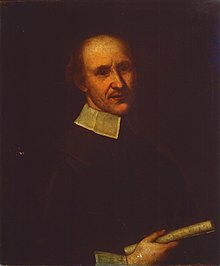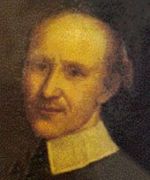

Giovanni Legrenzi
Born: 1626Died: 1690
Education: Legrenzi was probably taught largely at home, and his performance skills developed at the local church, music-making in the house.
Career: his first appointment in Bergamo, as Organist at Santa Maria Maggiore, First Organist in 1653, at about the time Maurizio Cazzati was appointed maestro di cappella
Little is known about Legrenzi’s early years. He studied with his father, a violinist and minor composer, and he was ordained as a priest in 1651. After serving as organist and chaplain at the Santa Maria Maggiore Church in Bergamo, he was maestro di cappella at the Academy of the Holy Spirit in Ferrara from 1656 to 1665. His first opera, Nino il giusto (1662; “Nino the Just”), dates from this period. In 1681 he obtained the post of second maestro di cappella at the San Marco Basilica in Venice, succeeding to maestro di cappella in 1685. He enlarged the orchestra at San Marco’s and completely reorganized the music. During his lifetime Legrenzi composed some 19 operas, in addition to sonatas, masses, motets, oratorios, and other pieces. At the time of his death, he had attained an international reputation. Legrenzi’s music is characteristic of the final stage of the late Baroque style. He was equally adept at the composition of sacred music, opera, and chamber music. His compositions for the church attest to the advances he made in polyphonic writing. His most forward-looking works, particularly in the handling of structure, are his instrumental sonatas; they exerted a strong influence on the works of Domenico Scarlatti, Antonio Vivaldi, and J.S. Bach. Themes from Legrenzi’s compositions were used by Bach in his Fugue in C Minor for organ and by G.F. Handel in a chorus from his oratorio Samson.

